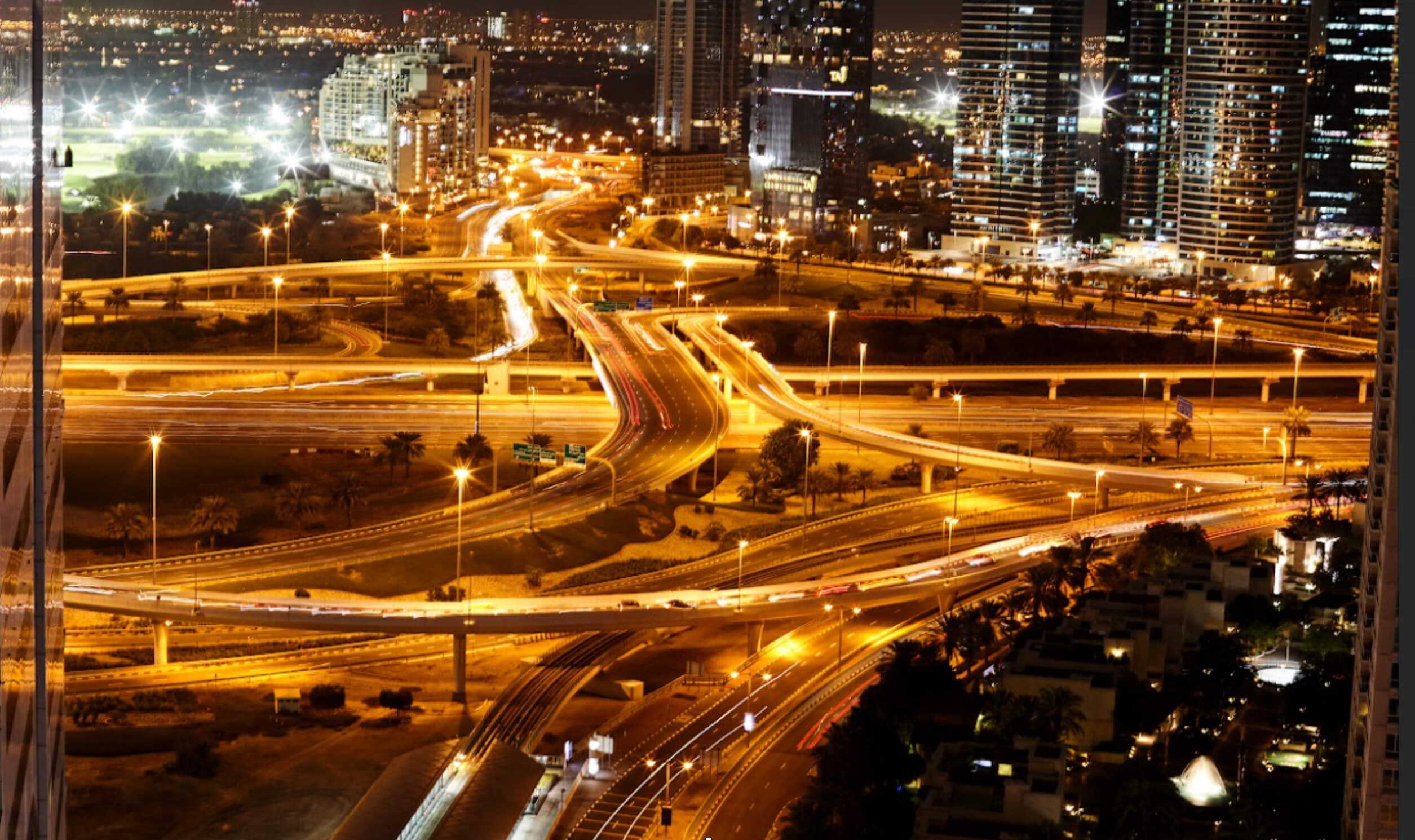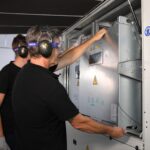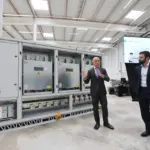The Spanish electricity sector is currently facing critical factors. The integration of electric cars in energy distribution grids, the guarantee of domestic and industrial supply, the gradual replacement of traditional heating systems with electric heat pumps, the European economy’s decarbonisation policy or implementing renewables in the electricity ecosystem, all of these being potentially disruptive factors.
In the digital connectivity sector, innovation and technological investment have facilitated significant development. For example, lead to the majority of homes and businesses in the country having broadband networks and services.
On the other hand, the electricity sector has not evolved as quickly. Possibly as a result of it being critical for the country and the need to guarantee the robustness and reliability of the elements that it consists of. To recover from this situation, the sector now needs ideas and new business models that will facilitate new players to the sector. And drive technological innovation so that the major electricity challenges ahead can be addressed.
What follows are some excerpts from an article by journalist Eugenio Mallol. It was published in the El Español newspaper with the headline: “Heat pump, industry, electric cars… innovating the grid” which describes – by way of interviews with experts and analysing sector reports – some of the challenges that the Spanish electricity system is facing. The following paragraphs provide an overview of the situation.
Industry 4.0 and decarbonisation. Are electricity and regulation lagging behind progress?
The author stresses that “The European economy’s decarbonisation policy will have a definite impact on industry. This means that must switch from using the most polluting energy sources to electrified solutions. The grid will collapse if we do not invest anything into it in the next ten years.” But, according to the author and his sources, this won’t happen “because there are plans for billion-dollar investment.”
Household electric heating systems. Can peak time energy demands be met?
With regards to buildings and household heating systems: “The gradual replacement of traditional fossil fuel-based systems – which are both polluting and much more expensive to install when constructing buildings – with electric heat pumps. The risk of coincidences in cold weather will simply be unavoidable as there is no smart recharging here.”
Electric cars. Is smart charging a pipe dream?
He also stresses concerns related to the increase in demand for electric cars, providing significant details. “Every one million new units represents a 1% energy demand increase. So, the five million electric vehicles envisaged by 2030 will mean an assumable increase of 5%, based on current estimates.”
Electrification of the economy. Are we headed towards new business models?
The author draws the following conclusion: “The only thing to take into account when devising grid possibilities in the light of the imminent electrification of vehicles, homes and industry is that in the most mature urban centres, the electricity infrastructure is likely to be at approximately 80% of its capacity, almost at its limit. This is a long way from the 10% found at the most recently built centres.”
For this reason, the author advocates promoting “a business model that allows innovators to find technology-based solutions which, if possible, are developed in Spain.”
And the conclusion is clear. The energy sector, together with the financial, telecommunications and public works sectors, is one of the “Four Horsemen of the Apocalypse” which, under the regulatory umbrella, limited the development of a free, independent and uninhibited innovative ecosystem in Spain. “This calls for a business model that opens the door to innovation and the influx of new players to address the electric challenge that lies ahead.”
We urge you to read the full article. Heat pump, industry, electric cars… innovating the grid (ampproject.org)






